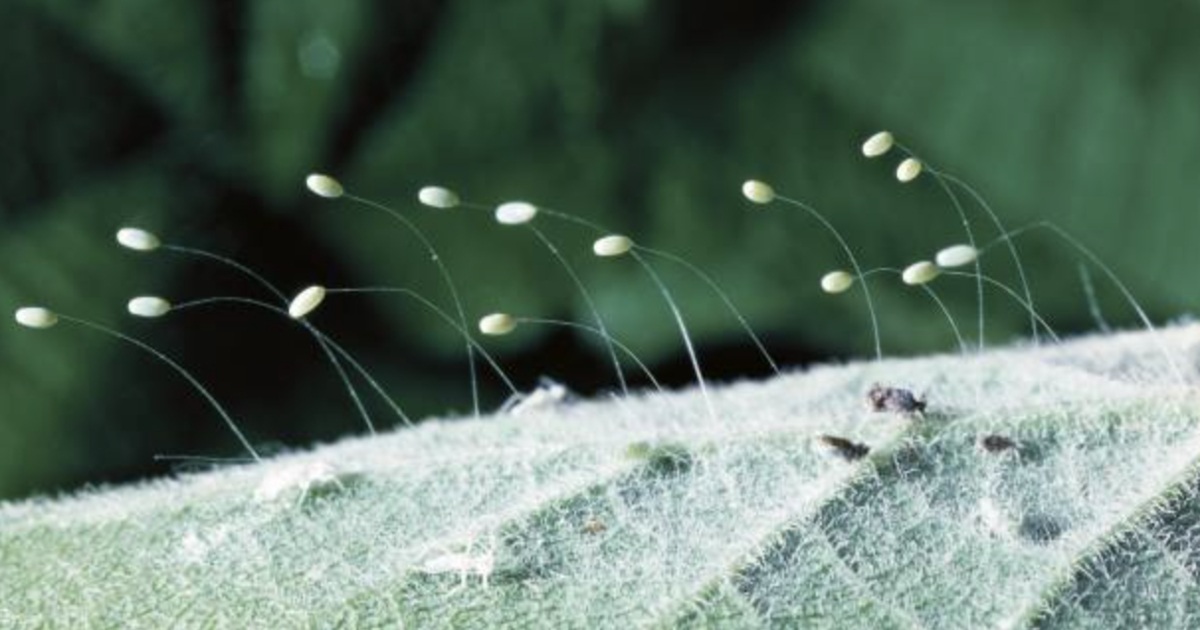Found This Under Your Furniture? Here’s Why You Should Never Kill It

Source: De Agostini/Getty Images
Lacewing Eggs Under the Chair: Nature’s Little Helpers of Yore
Ever reached down to grab a fallen sock, dust bunny or what-have-you and seen something worthy of a nature documentary? Thin, hairlike filaments tipped with tiny white ovals — lacewing eggs under the chair. If you haven’t seen them yet, what you have in store is a backyardest of backyard biology from a time when biology itself was done backyardishly.
An Inside Look at Old-School Natural Pest Control
Well before sprays and synthetic solutions jammed garage shelves, people looked toward natural allies to battle pests. Among the smallest but mightiest was the lacewing. Those flitting green insects might not seem like much, but their offspring bite.
Lacewing mothers deposit their eggs on long, silklike stalks. It’s a clever move — these stalks keep the freshly laid eggs elevated, out of reach of predators, including their own kind. It may seem strange seeing lacewing eggs under your chair, but it’s a sign that nature’s pest patrol is getting ready in the neighborhood.
What Are Lacewings, Anyway?
Green lacewings are delicate, translucent-winged insects that provide natural pest control. Although the adults dine on nectar and pollen, their larvae — known as aphid lions — are voracious eaters. Think of them as vacuum cleaners for the insect world, munching on aphids, mites and other soft-bodied pests.
Before high-tech bug zappers and chemical cocktails, gardeners in search of insect control welcomed lacewings into their greenhouses and gardens. Discovering lacewing eggs hidden beneath furniture probably prompted an inquisitive smile instead of a perplexed scowl.

FROM THE GARDEN, TO THE LIVING ROOM
So why are these eggs, instead of appearing under your chair, in the rose bushes? Simple: Adult lacewings can be drawn indoors by lighting, and once inside, they will lay eggs where conditions appear safe and stable. A quiet corner under a chair? Perfect real estate.
The eye will stop, and you’ll gaze instead of reach for a broom. It is a small wonder of natural design and a throwback to a time when bug-fighting allies were a feature of the everyday household ecosystem.
Let Them Be — Or Gently Move Them
If you’re a houseplant enthusiast, leave the eggs be. Once hatched, lacewing larvae will patrol your indoor jungle for pests, just as they did on grandma’s tomato vines decades ago. No chemicals required, no fuss, no decorative flourishes — nature doing its thing.
Don’t want to share your space? No problem. Lightly scoop the eggs onto a piece of paper and set them near your plants or in a quiet garden area. In return, they’ll thank you with a pest load that’s attainable again with just one or two pesticide sprays — just like in the old days.
